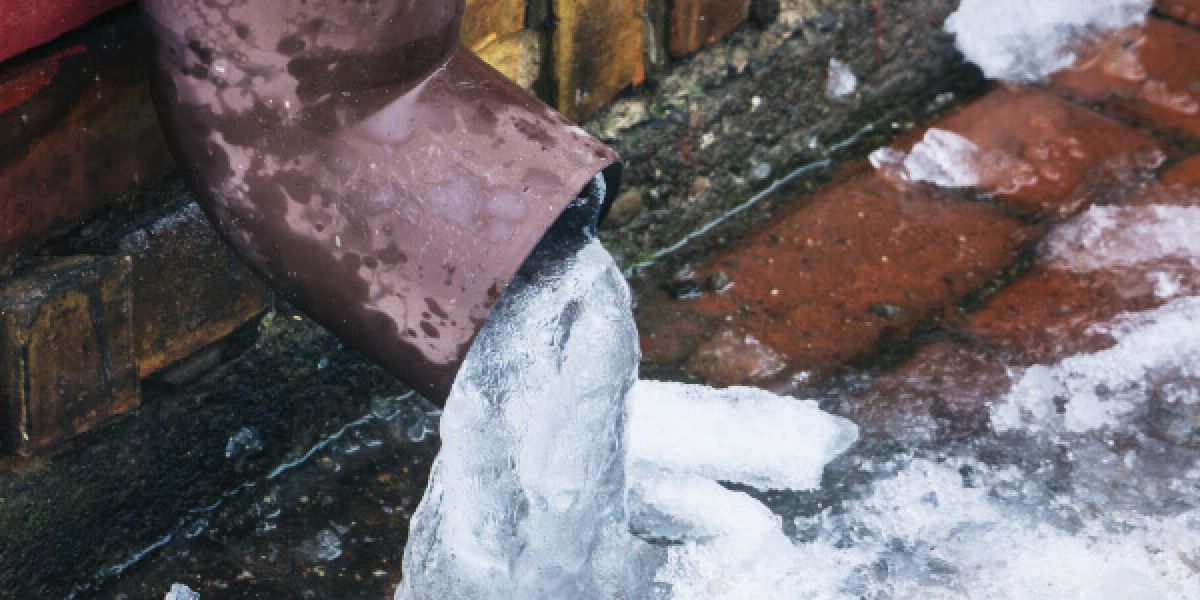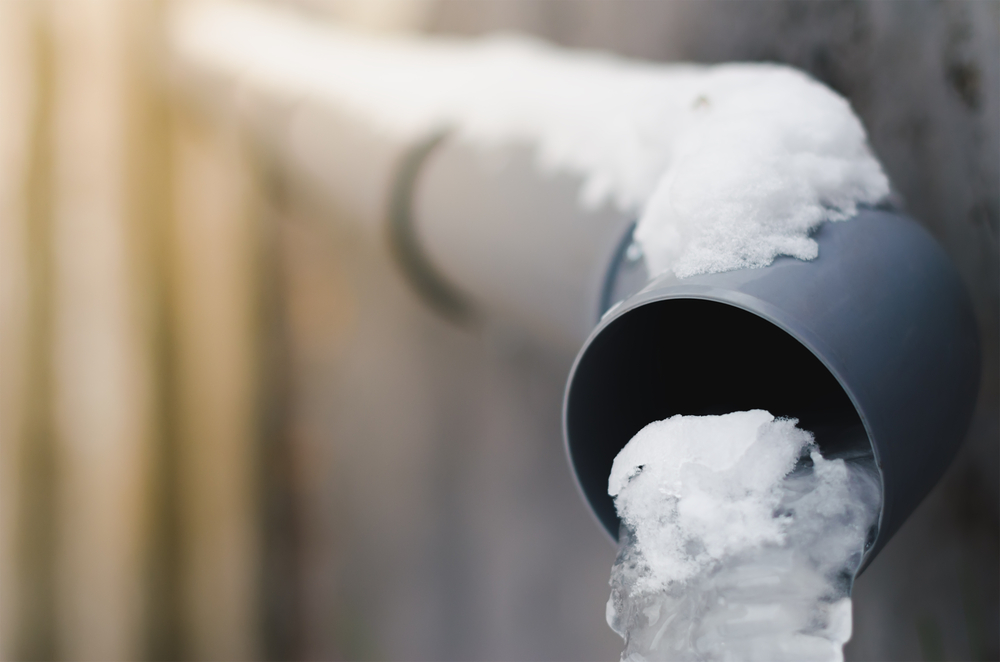Protecting Your Pipes from Freezing Damage: Critical Tips
Protecting Your Pipes from Freezing Damage: Critical Tips
Blog Article
This great article below about How To Avoid Freezing Pipes is really fascinating. Check it out yourself and decide what you think about it.

Cold weather can ruin your pipes, particularly by freezing pipelines. Below's just how to stop it from taking place and what to do if it does.
Introduction
As temperature levels decline, the threat of frozen pipelines boosts, possibly causing pricey fixings and water damage. Comprehending how to prevent frozen pipes is critical for homeowners in chilly climates.
Avoidance Tips
Shielding prone pipelines
Wrap pipelines in insulation sleeves or make use of warmth tape to shield them from freezing temperatures. Concentrate on pipelines in unheated or exterior areas of the home.
Heating strategies
Keep indoor areas effectively heated up, especially areas with plumbing. Open up closet doors to permit cozy air to distribute around pipes under sinks.
Exactly how to recognize icy pipelines
Look for reduced water flow from taps, uncommon smells or sounds from pipes, and visible frost on exposed pipes.
Long-Term Solutions
Architectural changes
Consider rerouting pipelines away from exterior walls or unheated locations. Add added insulation to attic rooms, cellars, and crawl spaces.
Updating insulation
Invest in top notch insulation for pipes, attics, and walls. Appropriate insulation aids keep regular temperatures and reduces the danger of icy pipelines.
Safeguarding Outside Pipes
Garden hoses and exterior faucets
Disconnect and drain garden hoses prior to winter season. Mount frost-proof faucets or cover exterior faucets with shielded caps.
Recognizing Frozen Pipes
What causes pipes to freeze?
Pipes freeze when subjected to temperatures below 32 ° F (0 ° C) for extended periods. As water inside the pipes freezes, it broadens, putting pressure on the pipe wall surfaces and potentially creating them to break.
Dangers and problems
Icy pipelines can result in water disturbances, residential or commercial property damages, and pricey repair services. Ruptured pipes can flooding homes and trigger considerable architectural damages.
Indications of Frozen Water Lines
Determining frozen pipes early can prevent them from bursting.
What to Do If Your Pipelines Freeze
Immediate activities to take
If you believe frozen pipes, keep faucets open to relieve pressure as the ice melts. Use a hairdryer or towels soaked in hot water to thaw pipelines slowly.
Final thought
Preventing frozen pipes needs positive steps and fast feedbacks. By comprehending the causes, indicators, and preventive measures, house owners can safeguard their pipes throughout cold weather.
5 Ways to Prevent Frozen Pipes
Drain Outdoor Faucets and Disconnect Hoses
First, close the shut-off valve that controls the flow of water in the pipe to your outdoor faucet. Then, head outside to disconnect and drain your hose and open the outdoor faucet to allow the water to completely drain out of the line. Turn off the faucet when done. Finally, head back to the shut-off valve and drain the remaining water inside the pipe into a bucket or container. Additionally, if you have a home irrigation system, you should consider hiring an expert to clear the system of water each year.
Insulate Pipes
One of the best and most cost-effective methods for preventing frozen water pipes is to wrap your pipes with insulation. This is especially important for areas in your home that aren’t exposed to heat, such as an attic. We suggest using foam sleeves, which can typically be found at your local hardware store.
Keep Heat Running at 65
Your pipes are located inside your walls, and the temperature there is much colder than the rest of the house. To prevent your pipes from freezing, The Insurance Information Institute suggests that you keep your home heated to at least 65 degrees, even when traveling. You may want to invest in smart devices that can keep an eye on the temperature in your home while you’re away.
Leave Water Dripping
Moving water — even a small trickle — can prevent ice from forming inside your pipes. When freezing temps are imminent, start a drip of water from all faucets that serve exposed pipes. Leaving a few faucets running will also help relieve pressure inside the pipes and help prevent a rupture if the water inside freezes.
Open Cupboard Doors
Warm your kitchen and bathroom pipes by opening cupboards and vanities. You should also leave your interior doors ajar to help warm air circulate evenly throughout your home.

I'm very drawn to How to prepare your home plumbing for winter weather and I really hope you liked the article. Sharing is nice. Helping people is fun. I appreciate reading our article about How to prepare your home plumbing for winter weather.
Phone Report this page